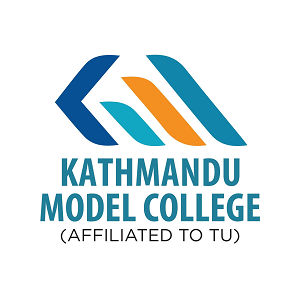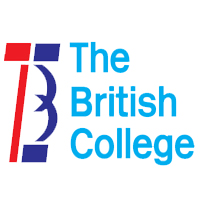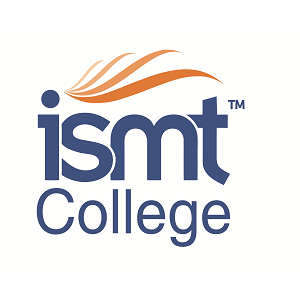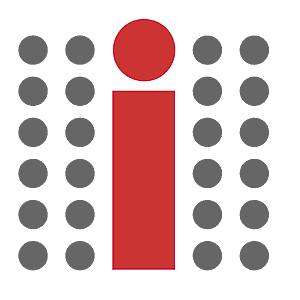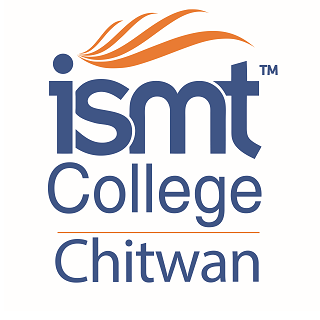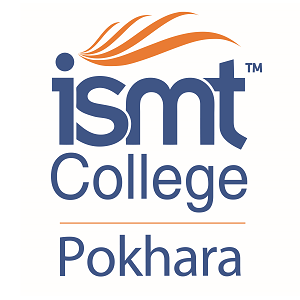Overview
Himalaya Eye Institute (HEI), located in Gharipatan, Pokhara, is a dedicated academic and clinical training center in vision science. Established as part of the Himalaya Eye Hospital in 1993, the institute was developed to address the growing need for professional eye care education and accessible services across Nepal. With a strong academic structure and a vibrant learning environment, HEI contributes significantly to both healthcare education and service delivery.
Through its affiliation with Pokhara University, HEI offers structured academic programs for students pursuing careers in optometry and ophthalmology. The focus is on classroom-based knowledge, real-world patient care, and community outreach. This balance helps students develop technical skills, critical thinking, and the ability to respond to diverse healthcare needs.
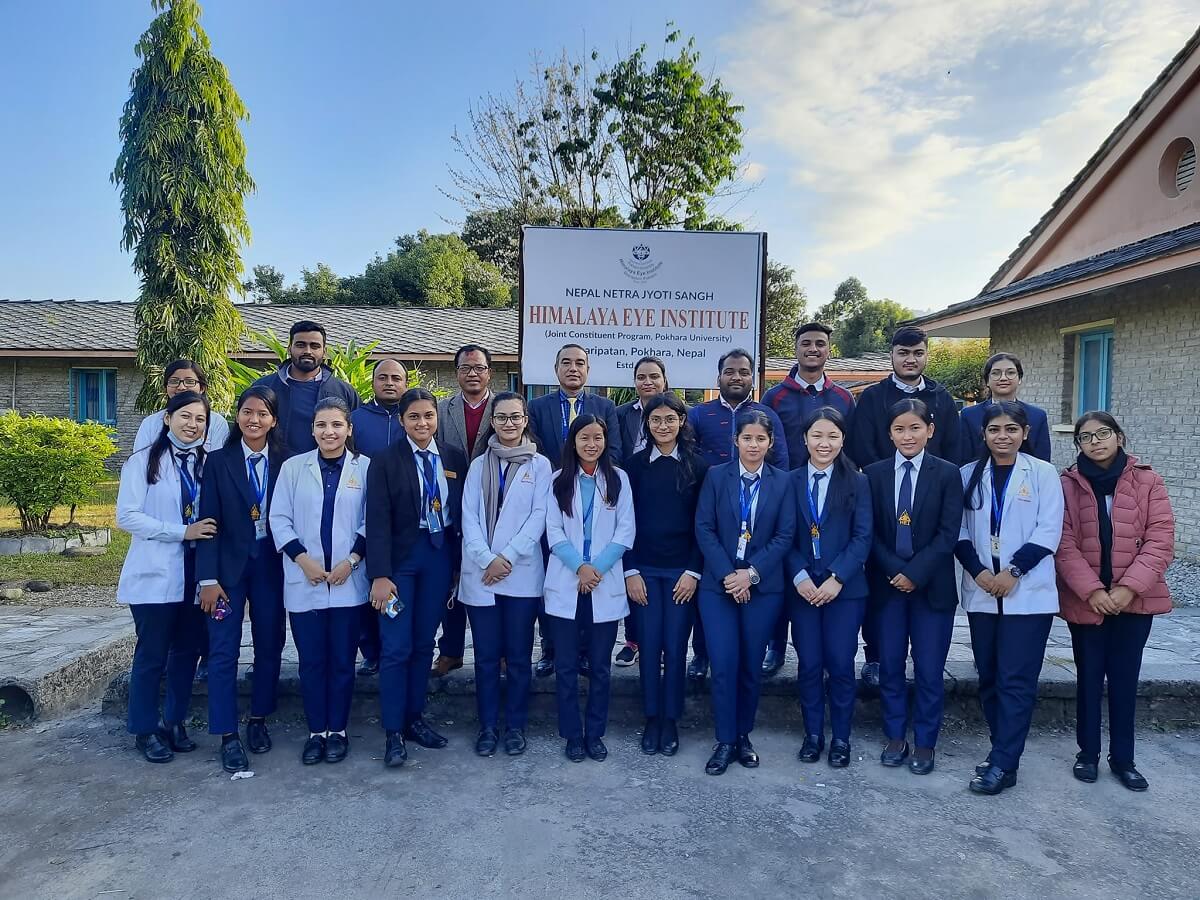
Academic Programs
Bachelor of Optometry (B.Optom)
The Bachelor of Optometry program was introduced in 2018 and runs for four years across eight semesters. It prepares students to serve as frontline eye care providers in the community and hospitals.
Students learn essential subjects including vision assessment, refraction, binocular vision, contact lenses, ocular disease management, and low vision care. The academic curriculum is designed to include regular clinical postings, practical sessions, and community-based learning.
Entry requirements include a 10+2 qualification in the science stream with biology, or a diploma in ophthalmology or an equivalent field. Applicants must pass a centralized entrance exam conducted by the Nepal Medical Education Commission.
Currently, five batches of students, totaling 87 individuals, are enrolled in the program. Two cohorts have already completed the course and successfully passed the national licensing examination administered by the Nepal Health Professional Council.
Master of Optometry (M.Optom)
The Master of Optometry program began in 2019, making HEI the first institution in Nepal to offer this qualification. This two-year program, spread over four semesters, is designed for graduates who want to build expertise in clinical optometry, research, and academic practice.
The course content includes advanced study in binocular vision, contact lenses, low vision rehabilitation, therapeutic optometry, and neuro-optometry. Students also engage in research, patient care, seminar presentations, and teaching assignments.
To apply, candidates must hold a Bachelor of Optometry or equivalent degree and clear the entrance exam conducted by the Medical Education Commission. HEI has five postgraduate optometry students enrolled, with three batches having graduated.
Fellowship Programmes
HEI also offers one-year fellowship programs in subspecialty fields like anterior segment, glaucoma, and oculoplasty. These programs are intended for qualified ophthalmologists with MD or MS degrees registered with the Nepal Medical Council.
Fellows at HEI engage in intensive clinical training, surgical observation, and specialty clinic participation. Three fellows are currently actively involved in these programs.
Internship Opportunities
Optometry internships are available to both local and international students. These programs offer hands-on experience in different hospital departments, including outpatient care, pediatric services, diagnostic labs, and special clinics. Interns from countries like Belgium have participated in HEI’s internship program.
Residency Training
HEI supports residency training in both general and specialty ophthalmology. Manipal College of Medical Science has established a formal partnership to provide structured residency placements. These programs are designed to meet the evolving needs of hospital-based eye care in Nepal.
Admissions Process
All prospective students must apply through the national entrance system managed by the Nepal Medical Education Commission. Admission is determined based on academic eligibility and ranking in the entrance exam.
Fellowship candidates submit their documents directly to the institution and undergo a selection interview. The academic committee makes final decisions.
Life on Campus
HEI’s campus environment supports collaborative learning and practical training. Located within a busy hospital setting, students get immediate exposure to real-world challenges in clinical care, public health, and patient communication.
In addition to academics, students participate in research, outreach, and peer learning. Facilities are designed to promote a balanced study, service, and skill development routine.
Teaching and Faculty
The faculty includes experienced ophthalmologists and optometrists, many of whom hold subspecialty fellowships. Part-time faculty from allied fields and visiting experts from national and international institutions contribute to the curriculum.
Practical demonstrations, fieldwork, interactive seminars, research assignments, and digital learning tools support classroom teaching. This model ensures that students gain both theoretical knowledge and practical skills.
Campus Facilities
Clinical Departments
HEI has multiple specialized units to support optometry and ophthalmology education:
-
General outpatient department
-
Pediatric vision care unit
-
Low vision and rehabilitation clinic
-
Contact lens clinic
-
Binocular vision clinic
-
Optical dispensing section
-
Imaging and diagnostics
-
Minor procedure and surgical units
-
Electrophysiology lab (ERG, VEP, EOG)
Library and Study Resources
The campus library includes over 1,000 books on cataract surgery, public health, contact lenses, low vision, and binocular vision. Digital journals and online databases support academic research and assignments.
Quiet reading areas, access to journals, and regular workshops help students prepare for exams and research.
Digital and Research Access
Students have access to platforms like Hinari and other open-access journals. These resources support academic writing, literature reviews, and research proposals.
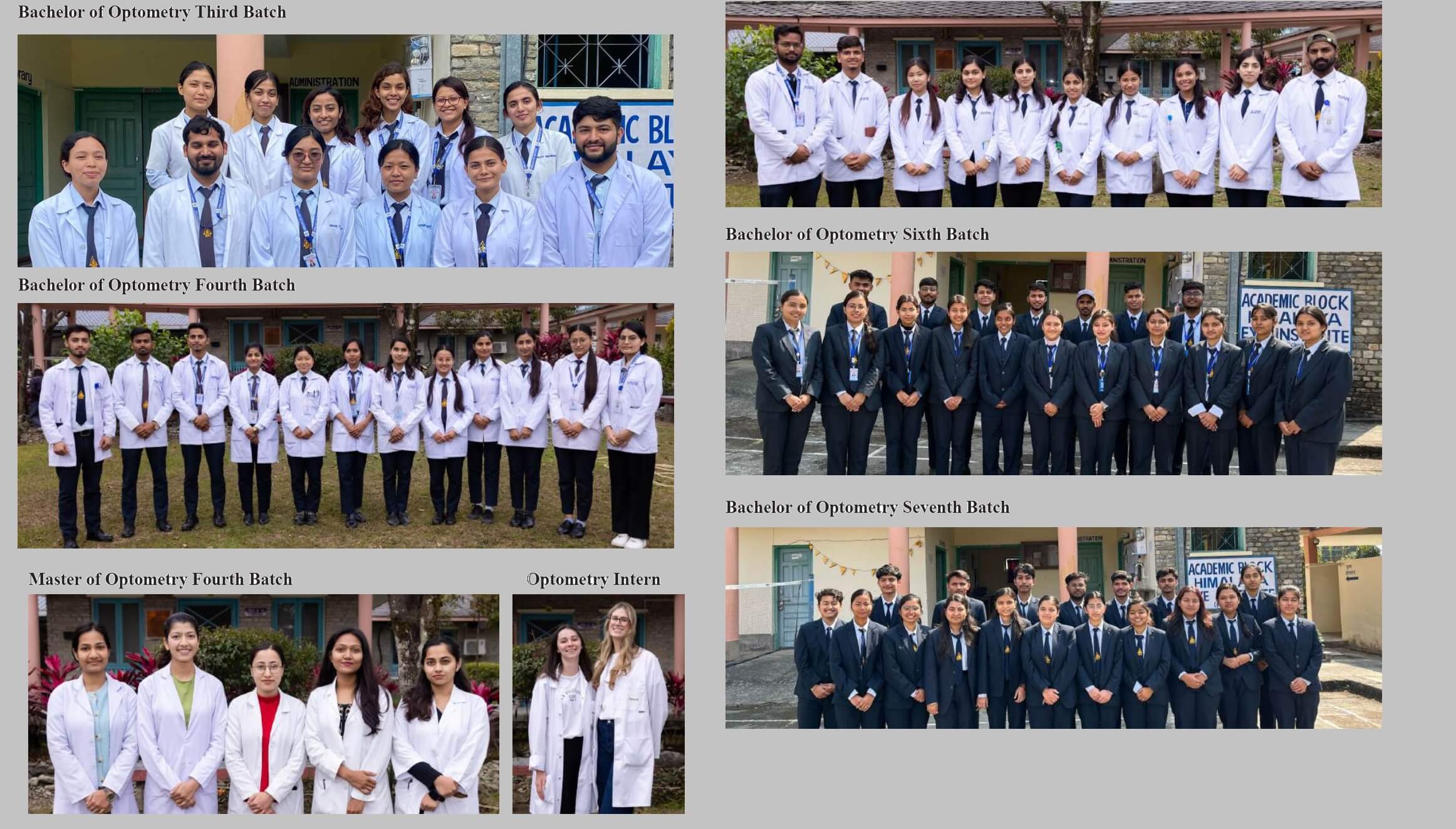
Student Life and Activities
HEI encourages involvement in:
-
School screening programs
-
Surgical and general health outreach camps
-
Primary eye care training for local health workers
-
Gender and health awareness sessions
-
National and regional academic conferences
Students actively organize vision screenings, present research, and volunteer in mobile outreach units.
Gender representation is progressive:
-
Staff: 69% female, 31% male
-
Optometry students: 71% female, 29% male
Scholarships and Financial Support
Each year, the Government of Nepal allocates scholarships to optometry students through the national entrance process. In 2024, 54 seats were reserved for B.Optom candidates, with 55% allocated to the general category and 45% distributed among reserved groups.
HEI also works with educational partners and healthcare NGOs to support students from marginalized communities.
Notable Contributions
HEI has established itself as a clinical education and vision care center in Nepal. It has trained graduates who now work in hospitals, health centers, and NGOs nationwide. Faculty members regularly provide low vision and refraction training under the Nepal Netra Jyoti Sangh network.
Collaborations with foreign universities bring students to Pokhara for elective studies. HEI has hosted learners from institutions in Australia, the Netherlands, and the UK for short-term training.
Community Services
Surgical Camps
HEI organized 55 surgical camps last year across the Gandaki and Karnali regions. These camps treated over 17,300 patients and conducted more than 2,100 surgeries.
Screening Camps
93 camps were conducted for vision screening. Over 17,000 people received checkups, and 1,376 were referred for free cataract surgery.
School Programs
More than 19,000 students were screened across 60 schools. Teachers were trained to assess visual acuity, and 524 children were provided with glasses.
Why Himalaya Eye Institute?
HEI offers:
-
Direct learning within a working hospital
-
Strong faculty with real clinical experience
-
Government-accredited optometry programs
-
Access to specialized clinics and diagnostic units
-
Hands-on exposure in community eye health
Students graduate with confidence in their skills and awareness of public health priorities.
Conclusion
Himalaya Eye Institute is a valuable part of Nepal’s health education system. Its optometry programs provide a blend of academic learning and clinical practice. Whether through classroom training, community outreach, or hospital-based care, students at HEI deeply understand vision science and its real-life applications.


